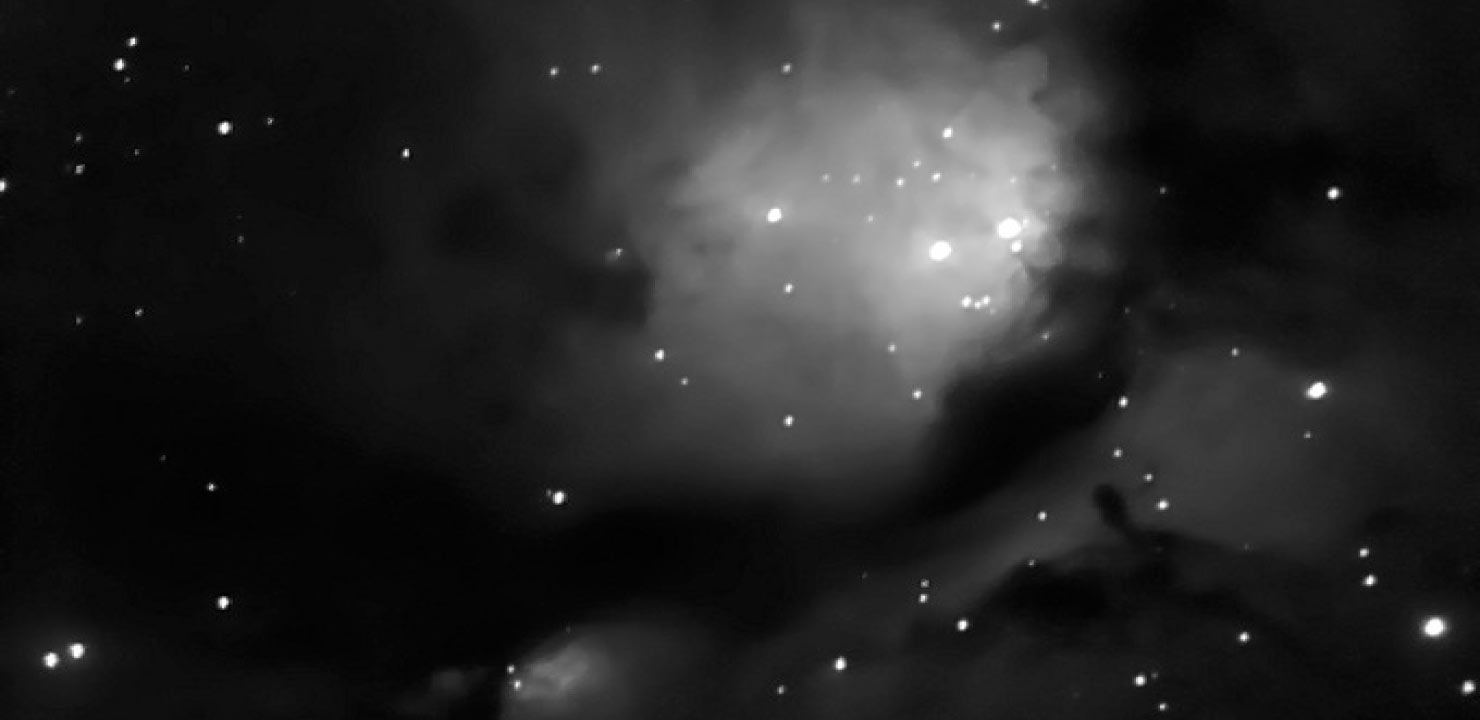The Sky in February
February Constellations & Folklore
By Francine JacksonObserving Projects for February
Some Bright Winter Double Stars
: By Glenn ChapleA Selection of Double Stars in Orion
: By Glenn ChapleA Selection of Double Stars in Gemini
: By Glenn ChapleA Selection of Double Stars in Cancer
: By Glenn ChapleStruve 817 Orionis
: By Glenn Chaple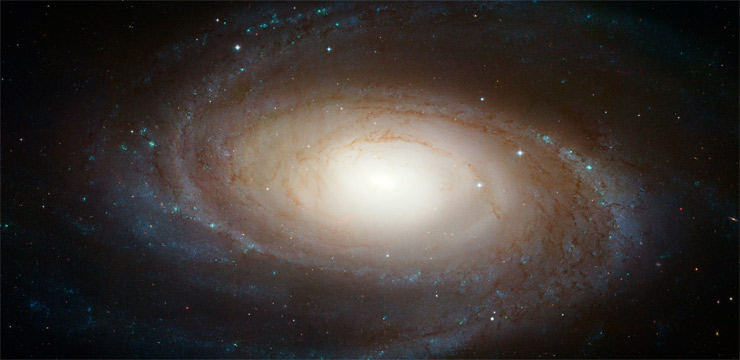
A Better Galaxy Guide: Early Spring
: By Craig Cortis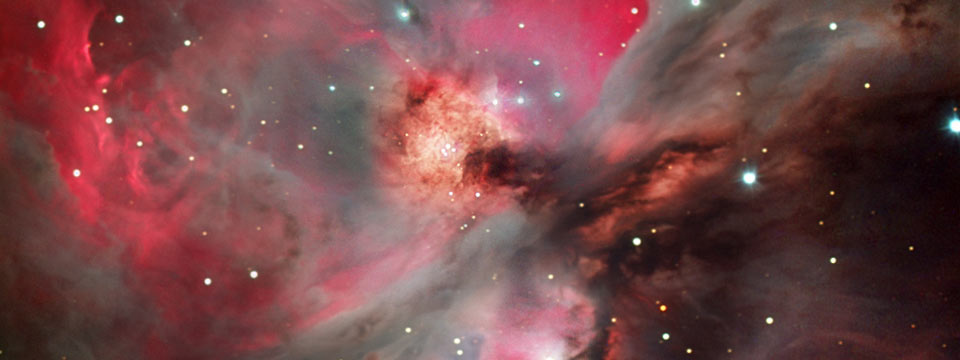
The Winter Circle
: By Dave Huestis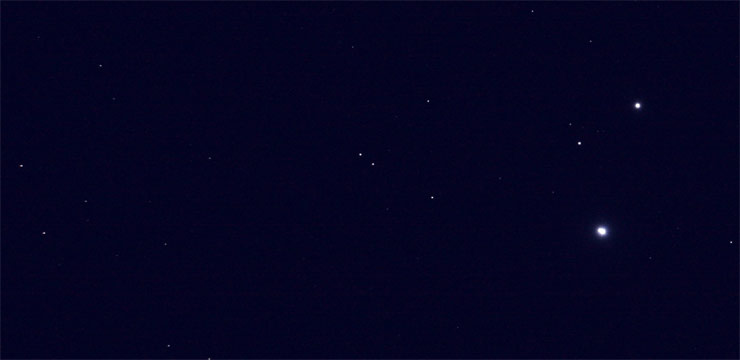
Mizar, The First Double Star
: By Glenn ChapleNGC 2362: Open Cluster in Canis Major
: By Glenn Chaple44 Boötis
: By Glenn Chapleh 3945 Canis Majoris
: By Glenn ChapleBeta Orionis (Rigel)
: By Glenn ChapleOrion the Hunter
: By Dave Huestis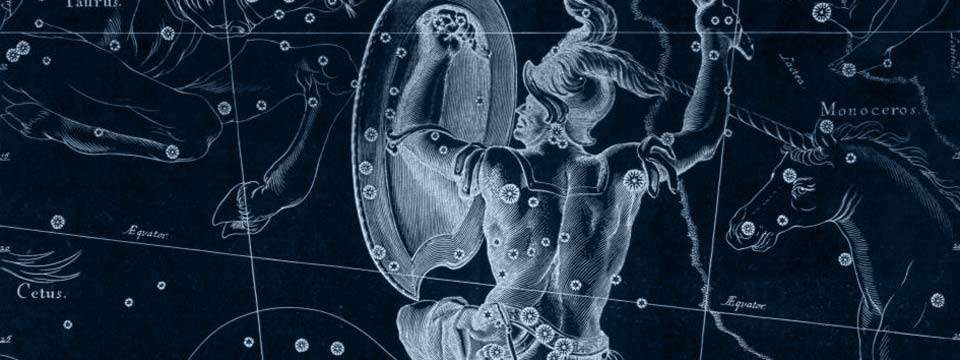
February Constellations & Folklore
: By Francine Jackson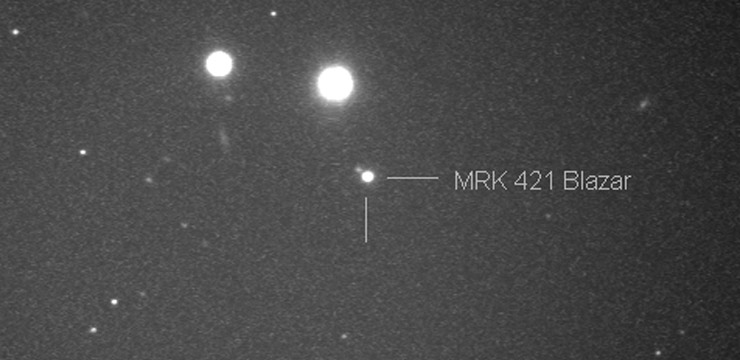
Seeking Markarian 421: The Brightest Blazar
: By Craig Cortisβ Monocerotis
: By Glenn Chaple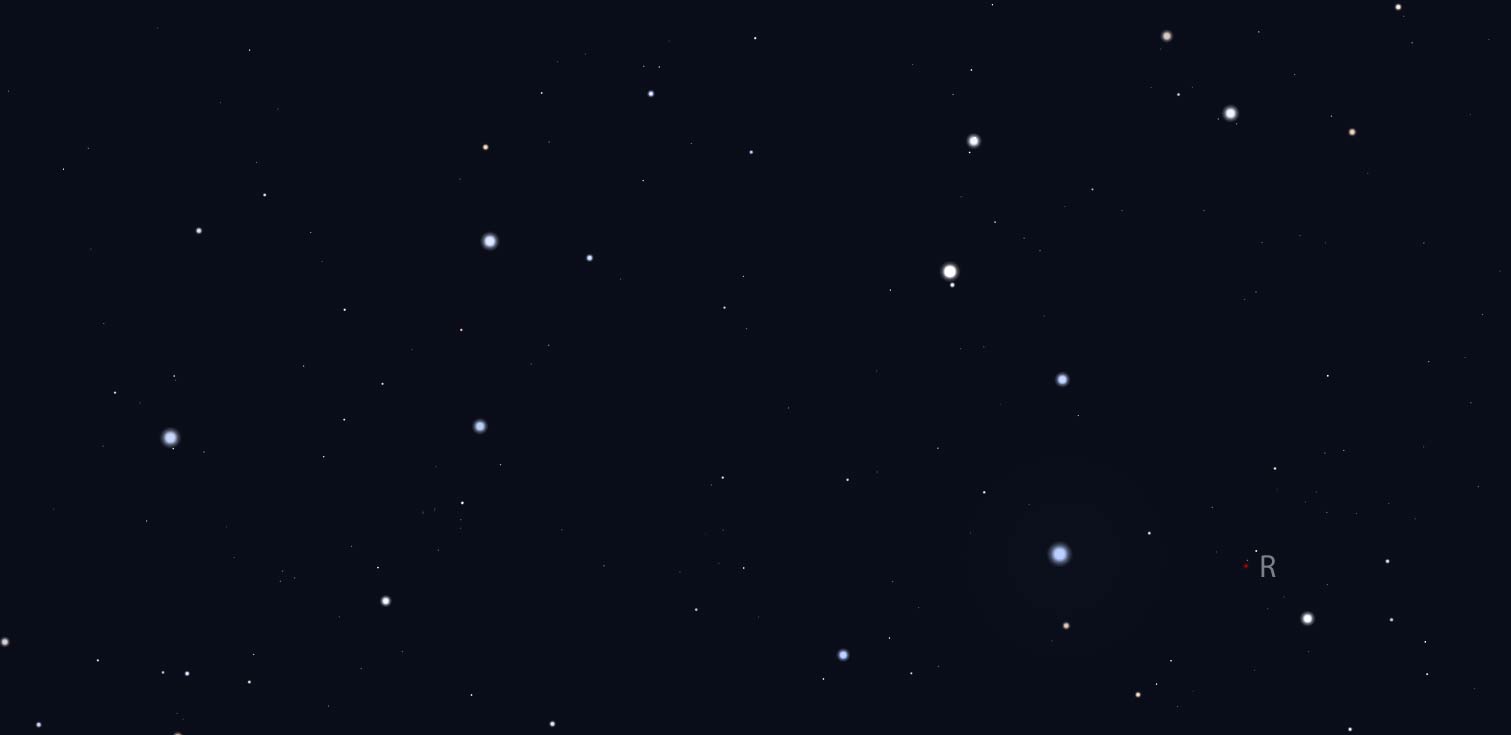
Variable Star R Leonis
: By Glenn Chaple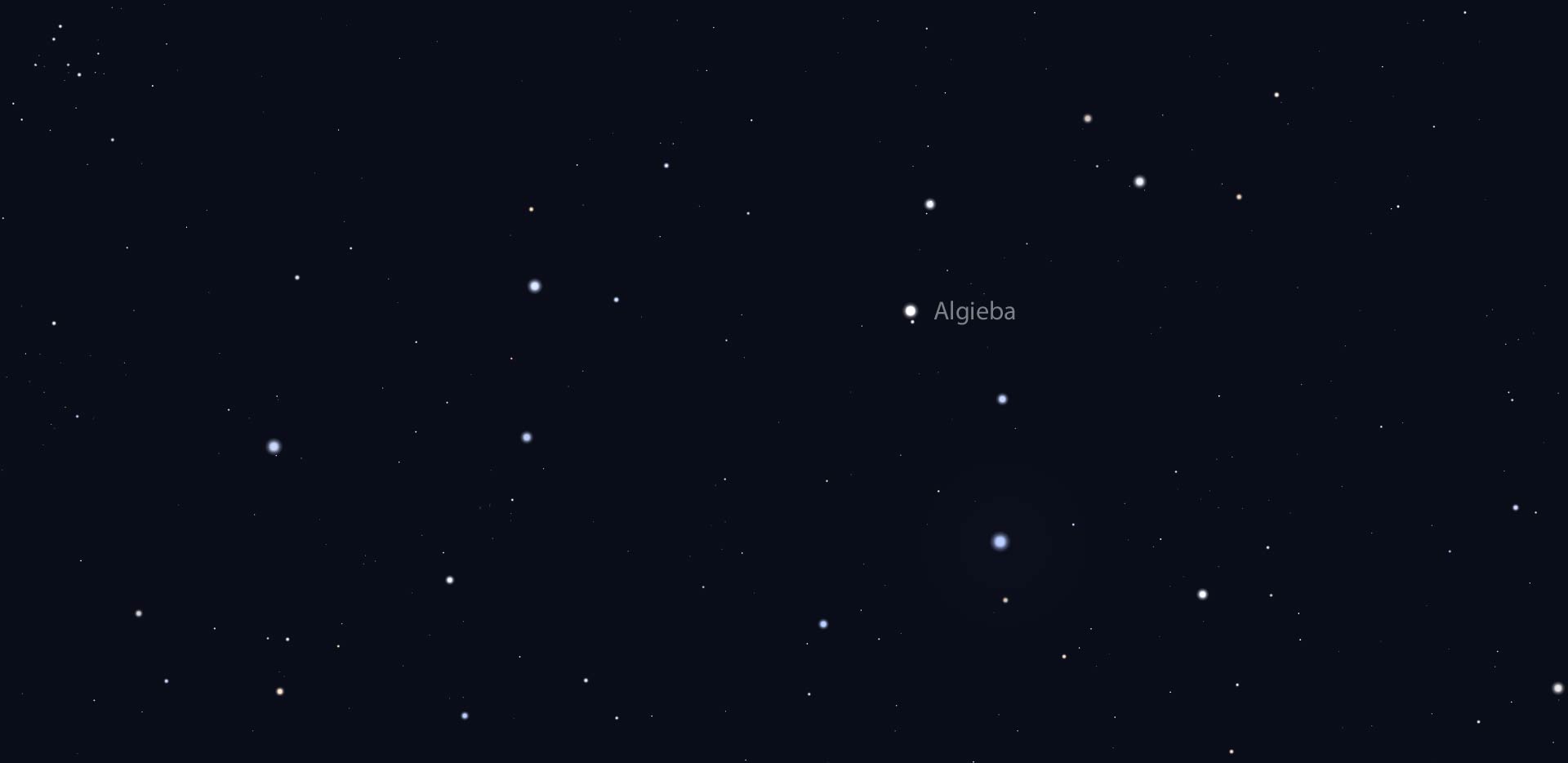
Algieba: Double Star in Leo
: By Glenn Chaple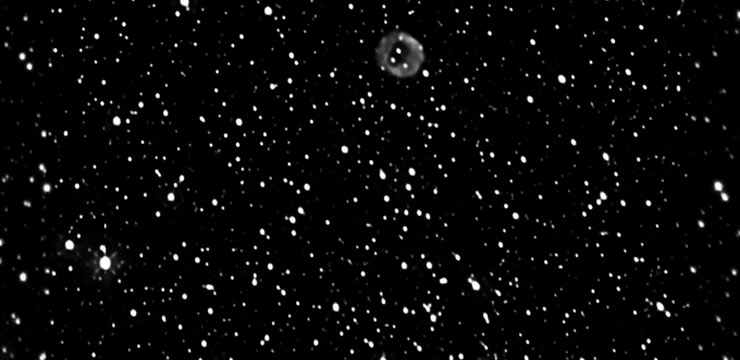
M46 & NGC 2438
: By Glenn Chaple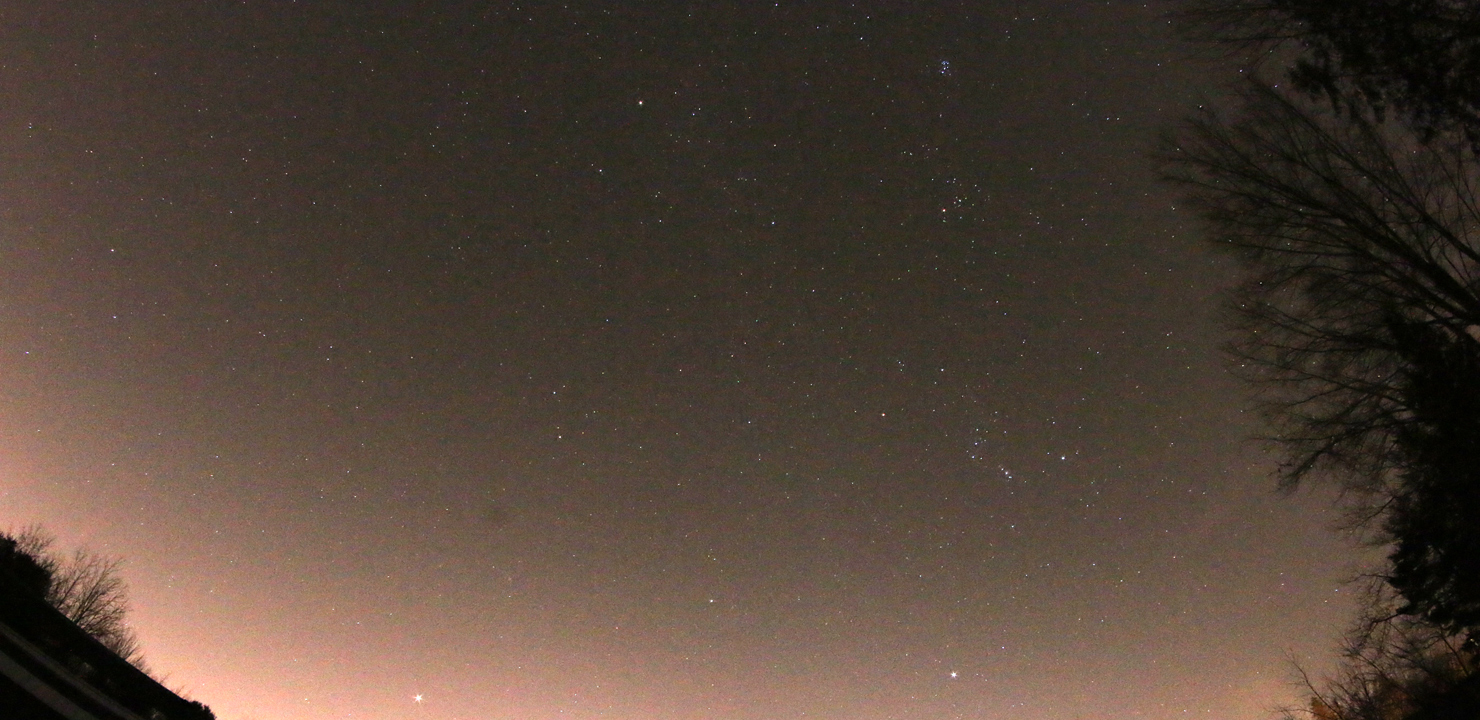
Observing the Winter Circle
: By Dave HuestisReason for the Season(s)
: By Dave Huestis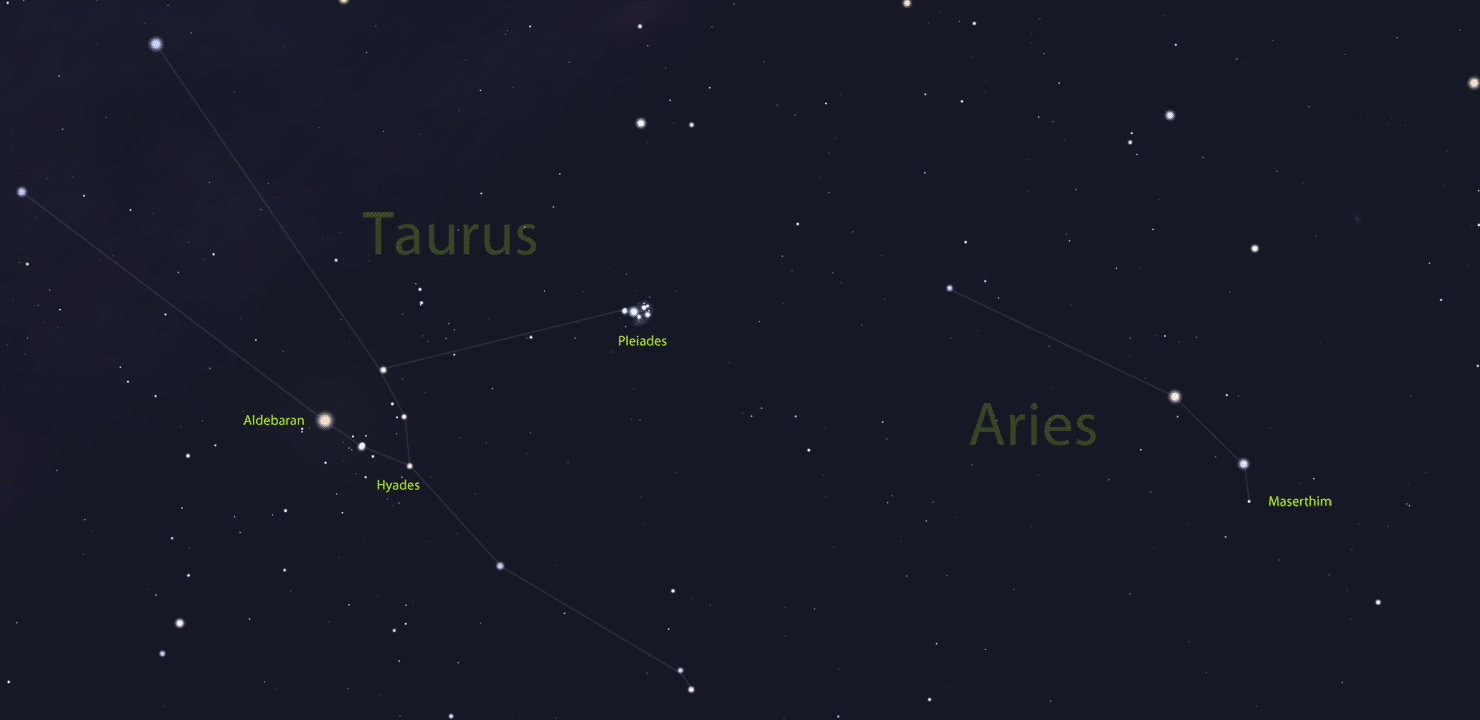
Maserthim (γ Arietis)
: By Glenn ChapleNGC 7662: the Blue Snowball
: By Glenn ChapleTriple Star 40 Eridani
: By Glenn Chaple